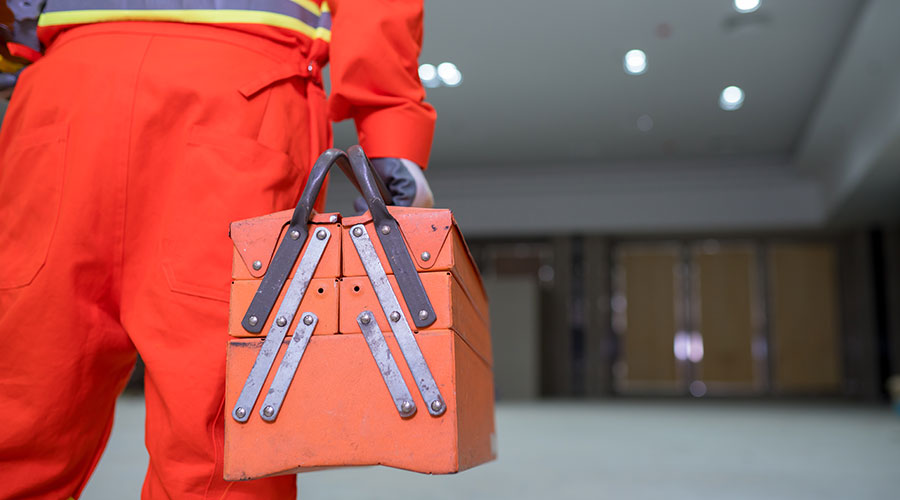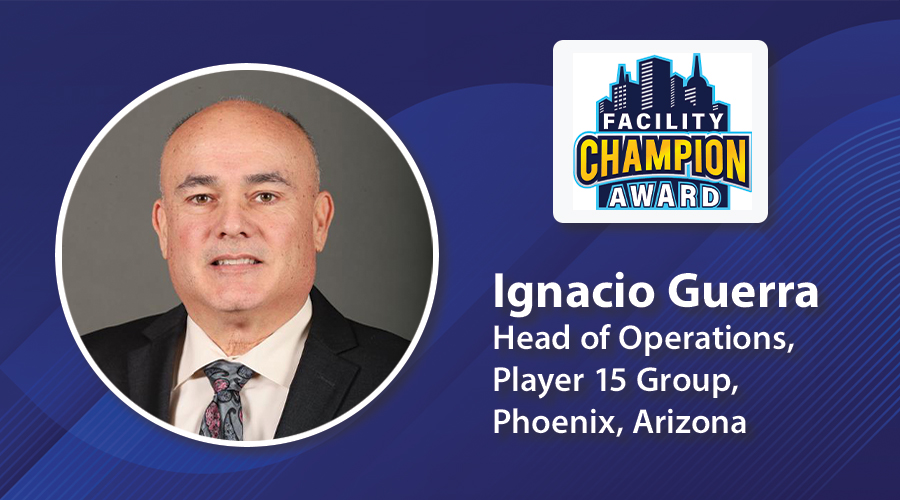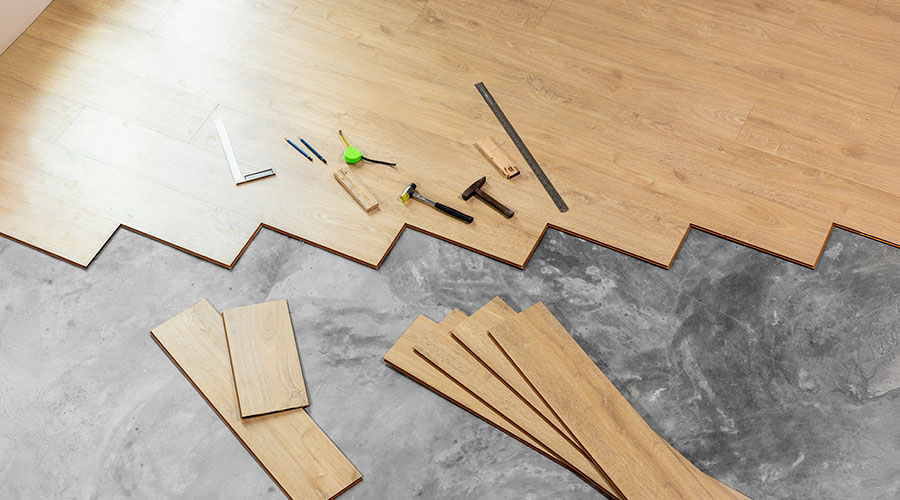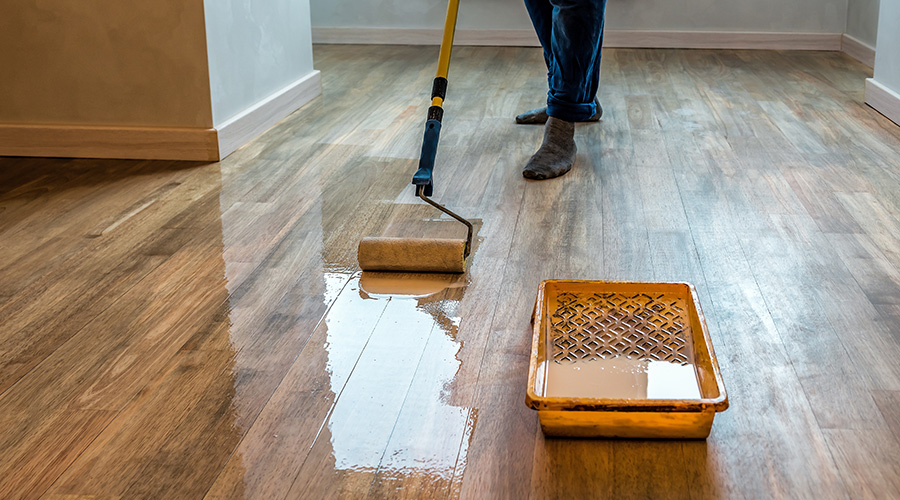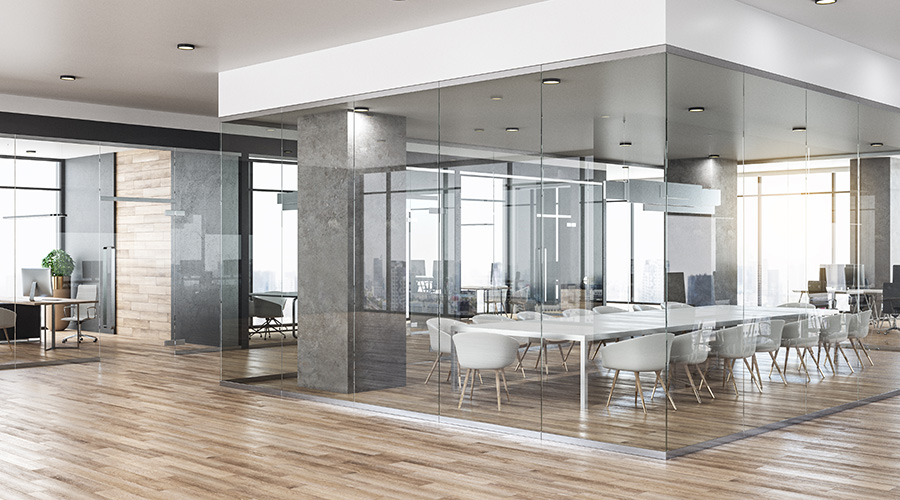Long-Term Flooring Performance Tied to Pattern, Style and Installation
Color is often the most important factor in specifying flooring, whether that material is carpet or hard-surface flooring. Light colors show more soil, while dark colors most often hide the most soil — unless the soil contains more dust and lint. In many cases, medium colors tend to be the best choice. Managers also need to pay attention to these factors:
Pattern. Pattern often complements color, whether it is an element of the carpet surface or the hard-surface flooring. The right colors, integrated with the right pattern, inevitably provide the best look and hide most negative aspects related to soiling and traffic.
Style. In carpet, cut, loop or cut, and loop styles look and perform differently. Cut-pile carpet tends to mat, crush, and highlight. The softer or less dense cut-pile carpet is, the worse it will look over time. Loop-pile carpet performs better in high-traffic areas. If it combines color and styling elements, it will deliver the best performance. For hard-surface flooring, styling that resembles wood, stone or metallic surfaces can provide a unique look and deliver exceptional performance.
Construction. Whether a carpet is cut, loop, or cut and loop, the key to high performance is density. The denser the product, the better it will perform. Consider trucks as an analogy. A small pickup truck subjected to constant heavy loads will break down quickly, but a heavy-duty truck suited, with proper care, will deliver years of service while performing its daily duties.
Backing systems. The area of carpet where the most changes have occurred recently is the backing, especially in the case of carpet tiles. This change is due to the industry's drive to be more sustainable. Manufacturers are using more recycled content in backings, which can result in such problems as curling and lifting edges. In broadloom carpet, problems with new, non-permeable backing systems can occur as a result of moisture in the substrate.
Surface texture. For carpet and hard-surface flooring, texture can have several effects. It can improve and add character to the product's appearance and play a role in design decisions. But it also can harm the performance of the product or impair the movement of occupants. For example, a cut-and-loop carpet in corridors of a hotel with too much cut pile versus loop pile can result in the pattern becoming obscure. Too much surface texture in carpet or hard-surface flooring in a health care facility can hamper wheeled traffic or complicate the movement of foot traffic.
Installation system. Carpet can be stretched in, glued directly to the substrate, or glued to a cushion that is glued to the substrate — the double-glue-down method. Hard-surface flooring is either glued directly or installed with a click system. Wood can be nailed, glued or both.
Related Topics:






